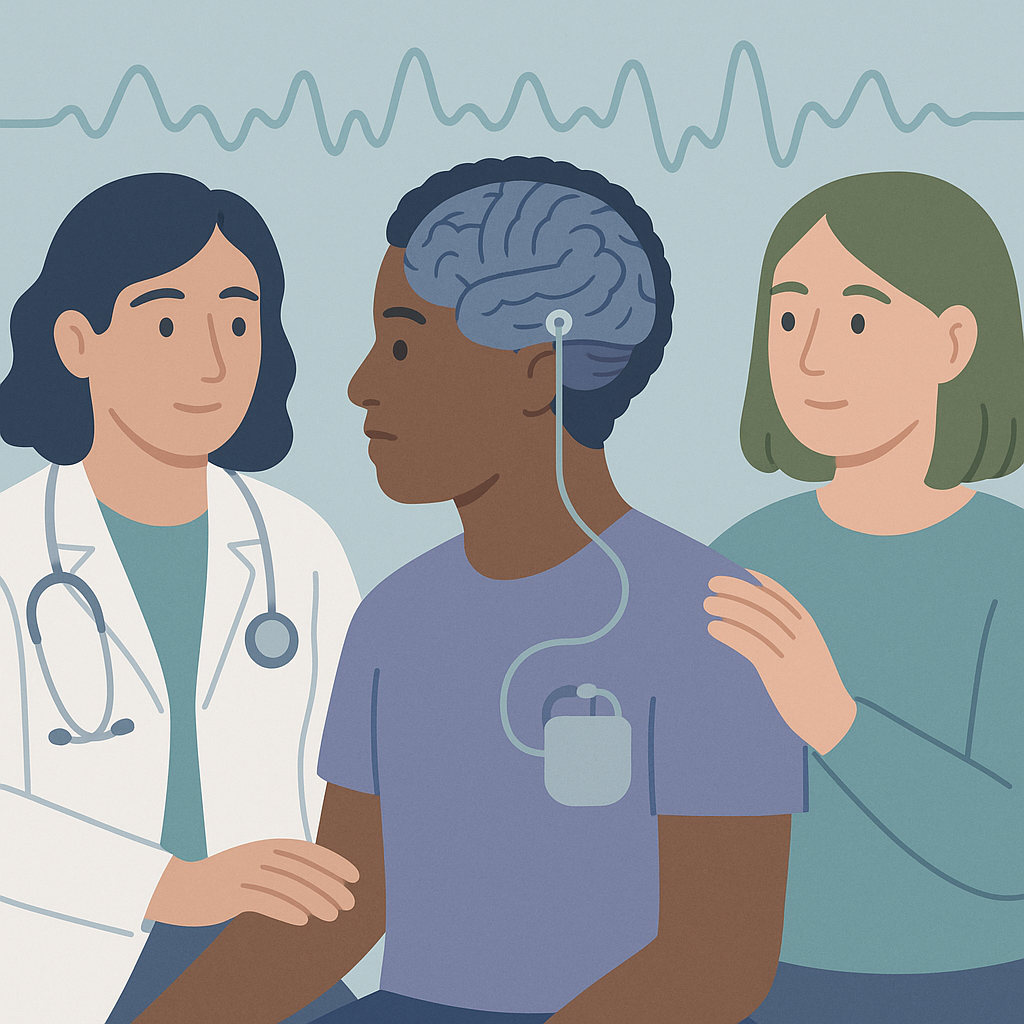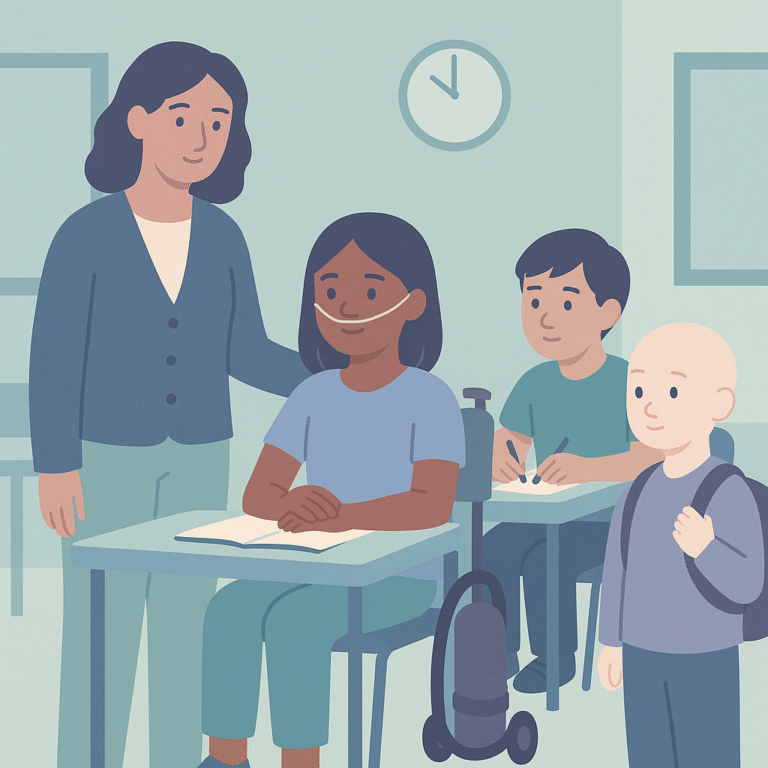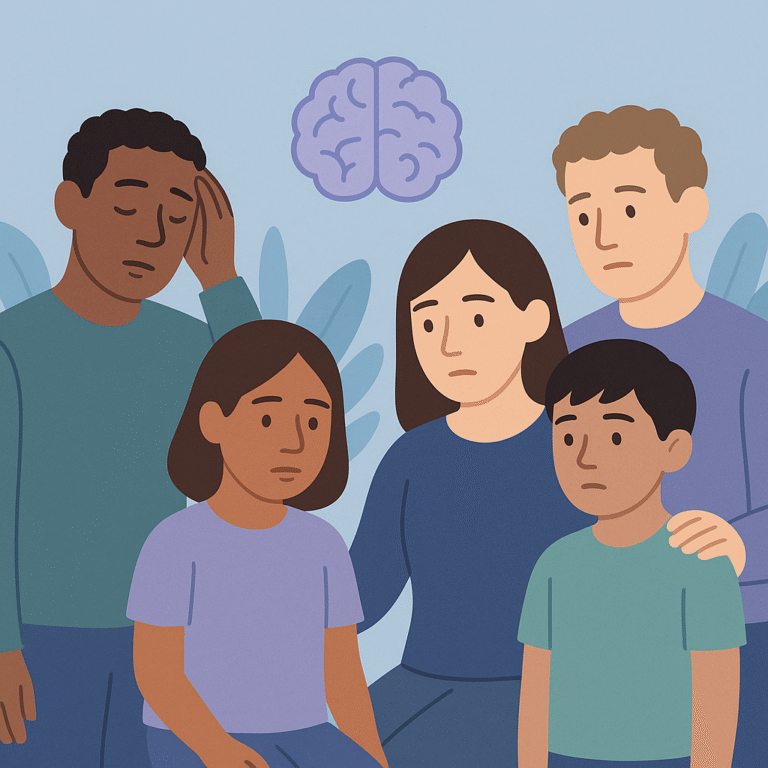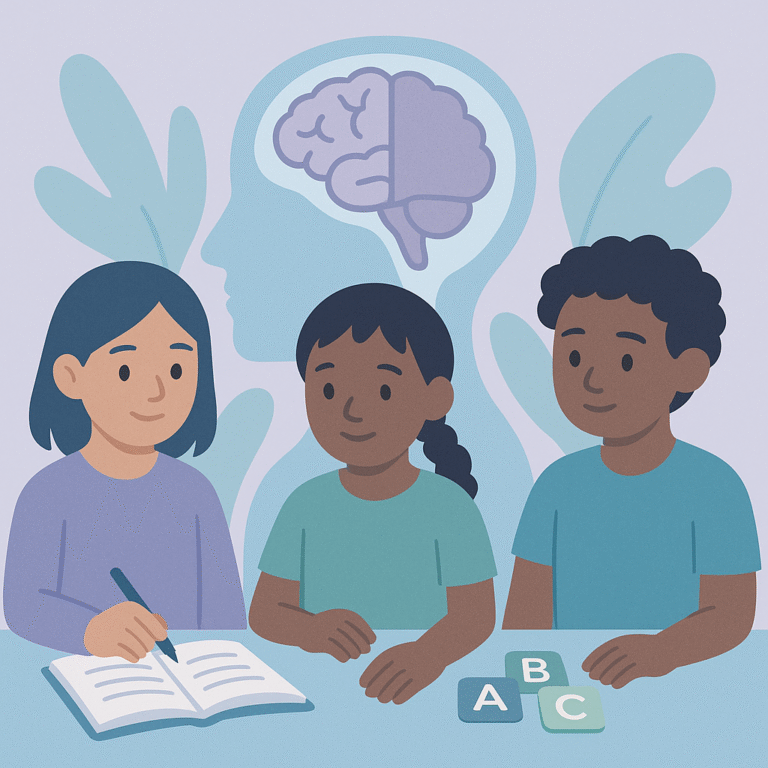New Approaches to Deep Brain Stimulation for Epilepsy Care
Source: Stereotactic and functional neurosurgery
Summary
Researchers studied how deep brain stimulation (DBS) and responsive neurostimulation (RNS) can help people with drug-resistant epilepsy (DRE), which is epilepsy that doesn’t respond to medications. The study looked at various targets in the brain where these devices can be applied, including both traditional targets like the thalamus and newer ones like the subthalamic nucleus and cerebellum. The goal was to understand how these different targets can affect seizure control and overall quality of life for patients who cannot have surgery to remove the part of the brain causing their seizures.
The key findings showed that both DBS and RNS can lead to significant reductions in seizures and improvements in daily living for many patients. While traditional targets have strong evidence supporting their use, the newer targets are still being researched to see how effective they can be. The study also highlighted the importance of personalizing treatment, as different patients may respond better to different targets or combinations of devices. However, challenges remain, including how to choose the best targets and manage any side effects.
This research is important because it shows that there are options for people with epilepsy who do not respond to medications, potentially improving their quality of life. However, the study also points out that more research is needed on the newer targets and techniques to ensure they are safe and effective. Understanding these complexities can help doctors make better decisions for their patients, but it also means that not every approach will work for everyone.
Free: Seizure First Aid Quick Guide (PDF)
Plus one plain-language weekly digest of new epilepsy research.
Unsubscribe anytime. No medical advice.





